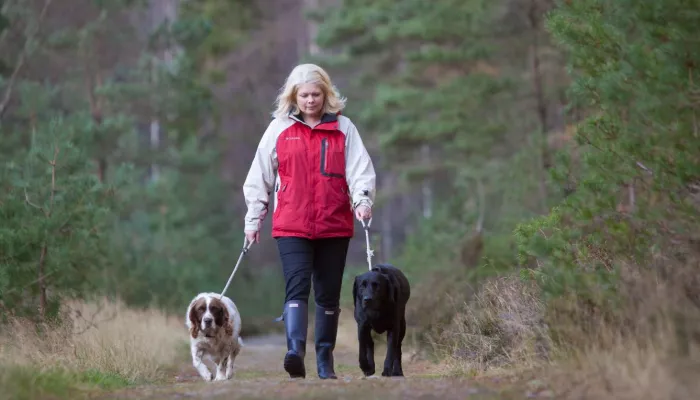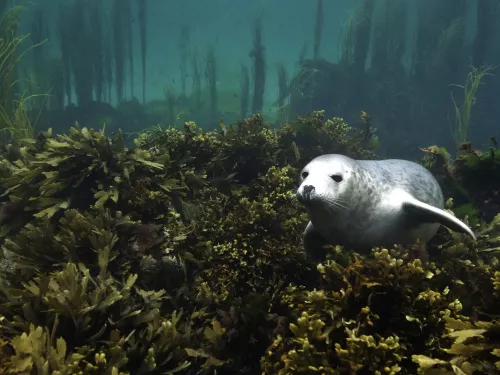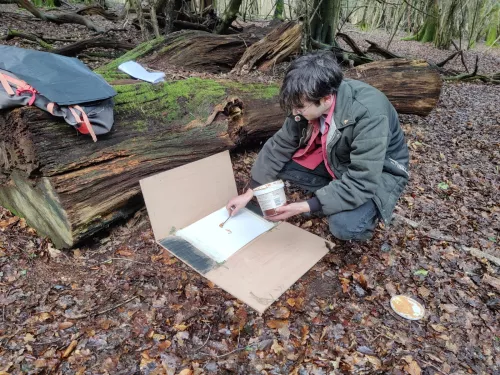
Three BIG reasons why woodlands are so important
Matt Huggins explores why our woodlands are an important part of our landscape, looking at how they give back to nature and to us. As our woodlands are under threat, it's more important than ever to preserve what's left and fight to keep them alive. Will…



